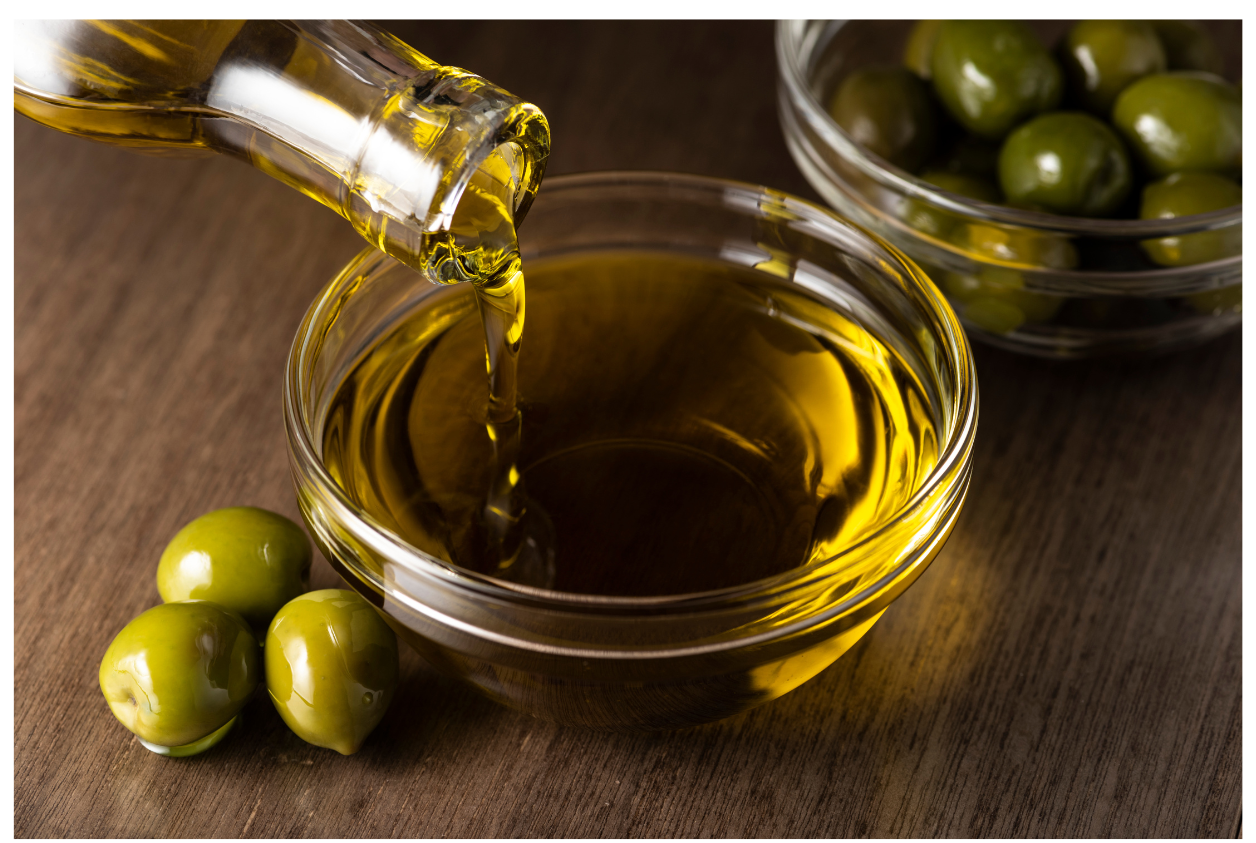Your cart is currently empty!
Olive oil is a staple in many kitchens around the world, celebrated for its health benefits and versatility in cooking. However, not all olive oils are created equal, and one of the key indicators of quality is the level of free fatty acids (FFAs) present. Understanding what free fatty acids are and their significance can help you make informed choices when selecting olive oil.
What are Free Fatty Acids?
Free fatty acids are molecules that result from the breakdown of triglycerides, which are the primary components of fats and oils. In olive oil, the presence of FFAs is usually a sign of the degradation of the oil, which can occur due to poor processing, storage, or handling. The percentage of FFAs in olive oil is used to determine its acidity, which is a critical factor in classifying the oil’s grade.
The Role of Free Fatty Acids in Olive Oil Quality
The quality of olive oil is often measured by its acidity level, expressed as a percentage of oleic acid. Extra virgin olive oil, the highest quality grade, must have an acidity level of less than 0.8%. This low level of FFAs indicates that the oil has been carefully processed and is of superior quality. Higher levels of FFAs suggest oxidation or deterioration, which can negatively affect the flavor, aroma, and nutritional value of the oil. Virgin olive oil has an acidity between 0.8% and 2.0% and beyond this level it cannot be called “virgin” anymore.
Factors Affecting Free Fatty Acids Levels
Several factors can influence the FFA content in olive oil:
- Harvesting and Processing: Olives that are harvested at the right time and processed promptly tend to have lower FFA levels. Delays in processing or the use of damaged or overripe olives can increase acidity.
- Storage Conditions: Exposure to light, heat, and air can accelerate the breakdown of triglycerides, leading to higher FFA levels. Proper storage in a cool, dark place is essential to maintain low acidity.
- Olive Variety and Growing Conditions: Different olive varieties and growing conditions can naturally influence the oil’s acidity. However, careful agricultural and processing practices can mitigate these effects. Typically varieties growing in colder climates have lower FFA levels.
Health Implications
While free fatty acids themselves are not harmful, their presence in higher concentrations can indicate that the olive oil is less fresh and potentially lower in beneficial antioxidants and nutrients. Consuming olive oil with low FFA levels is generally associated with better health outcomes, including reduced risk of heart disease and inflammation.
Choosing the Right Olive Oil
When selecting olive oil, look for labels that specify “extra virgin,” as this indicates the olive oil has low acidity (by law an olive oil can only be be labeled extra virgin if FFA content is equal or less than 0.8%, but top EVOOs have FFA content of less than 0.3%). Olive oil degrades over time, a lower starting acidity level enables the oil to remain of high quality for longer. However, acidity alone, does not guarantee high quality, consider purchasing from producers and distributors that prioritize freshness and proper storage. The acidity test is taken at the production time, the freshness and how the oil has been stored and transported can make a big difference. Many of the “extra virgin” olive oils you find in the market, are no longer extra virgin by the time they get in your kitchen.

